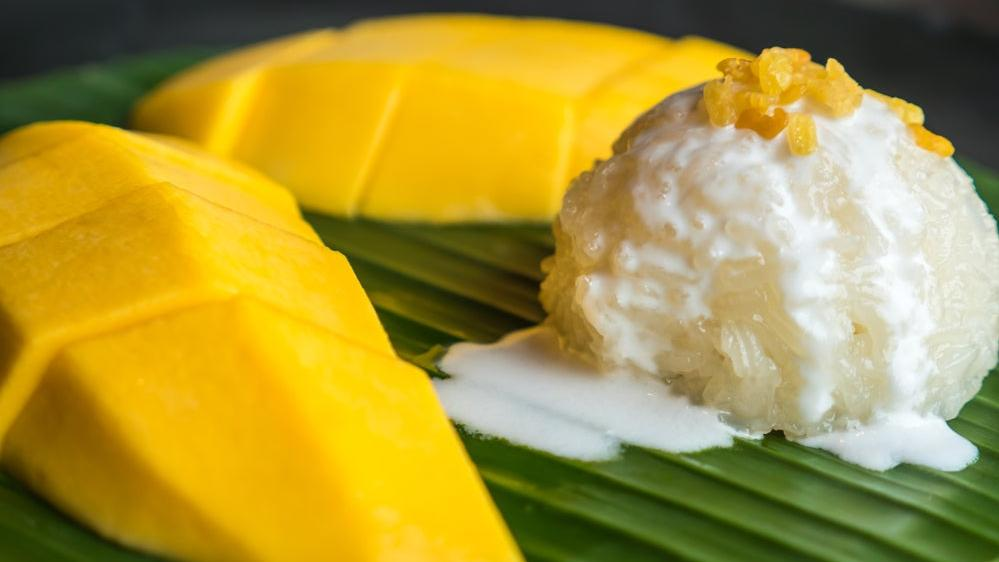Americans Should Use Coconuts Like The Thai
From entrees to desserts, the versatile coconut is put to endless use.
Growing up, I associated the coconut with two things: auspicious Indian ceremonies and tropical beach holidays. My experiences with the fruit were limited to annual vacations or occasions on which my family enjoyed South Indian food (which as a North Indian wasn't very often). Beyond that, coconut was always relegated to the shredded bagged flakes added to cakes and cookie bars, and at a processed price. A recent trip to Thailand, however, expanded my understanding of what coconut can be.
As an Indian American, I've seen the coconut literally broken (either stepped on or driven over) during festivals, wedding ceremonies, and momentous occasions like buying a car or starting a new business, in line with Hindu traditions. When there isn't a custom attached to its use, the coconut sometimes graces our family dinner table; the flesh (known as copra in Gujarati) can be ground up and made into a chutney and accompanied with dosa and idli, a South Indian regional food, or used as a grated garnish on sweets.
How Thai cuisine incorporates coconut
In the "Land of Smiles," I learned to appreciate the versatility of the coconut and see it incorporated into Thai dishes in ways I never tasted before. Coconuts are a ubiquitous commodity in Thailand; the nation is one of the top 10 coconut producers in the world, producing close to a million metric tons annually. As such, communities rely on the coconut for everyday use, making it an integral part of Thai cuisine at roadside street shops and fine dining establishments alike.
All parts of the coconut—cream, milk, water, and flesh—are embedded in the framework of Thai dishes. Many curries, including massaman, green, Panang, and yellow, incorporate coconut cream or coconut milk into the base, due to its rich texture and fruity, nutty notes, as well as the fact that it's usually thicker than other types of milk.
Coconut's subtle sweetness also lends a pleasant counterbalance to otherwise spicy dishes. Phad Maprow Khub Kruang Gaeng, a Southern Thai dish, is composed of freshly grated stir-fried coconut with Phuket curry paste, which itself is a burst of garlic, lemongrass, and pepper. While high in fat content, coconut is nutritiously rich in fiber and moderate in carbs and protein; most people cook with unsweetened coconut meat as part of a balanced diet.
As an immense sweets lover, I was also excited to discover how coconut plays a part in desserts. Mango sticky rice, for instance, is a traditional Southeast Asian dessert made with rice, fresh mango, a drizzle of coconut cream, and palm sugar. There's also the traditional Sangkaya, a coconut egg custard made from coconut cream, eggs, and sugar that is steamed and enjoyed hot or cold, often as street food.
The widespread use of coconut extends beyond cuisine, too. Because of its perceived purity, coconut milk is used to wash the faces of the dead in Buddhist funeral preparations, and it's presented as an offering in both Buddhist and Brahman ceremonies. Coir, the fiber on the husk of the coconut, is harvested for use in crafts, weaving, and gardening; the durable yarn and string produced from coir can be woven into baskets or burnt for fuel.
It's all a far cry from the shredded desiccated flesh we sprinkle over our baked goods here in the United States. After Thailand opened my eyes to the many wonders of the coconut, I'm excited to highlight the fruit in more of my own cooking, whether it functions as the workhorse or the showstopper.
